Rich History of Black Settlement Spans Over 400 Years
The province is home to over 50 historic Black communities, many of which were founded by Black Loyalists, Maroons, and Black Refugees who arrived between the 18th and 19th centuries. This website is part of the efforts of 902 Man Up to document, preserve, and celebrate these historic communities Their stories are not just about struggle, they are about triumph, legacy, and the ongoing fight for justice and recognition.
These communities collectively represent the enduring presence and contributions of African Nova Scotians to the province’s history, culture, and society. They are part of Nova Scotia's deep connection to African heritage and resilience. Despite facing systemic racism, land inequities, and economic marginalization, these communities have preserved their unique culture, traditions, and sense of identity.
Some of these communities are now less populated or absorbed into larger areas, but their historical significance remains pivotal to understanding Black history in Nova Scotia.
Historical Context
- Black Loyalists (1783): During the American Revolutionary War, many enslaved Black people were promised freedom and land in return for supporting the British. Over 3,000 Black Loyalists settled in Nova Scotia, becoming one of the largest migrations of free Black people to Canada.
- Jamaican Maroons (1796): A group of 550 Maroons, exiled from Jamaica after resisting British colonial rule, were resettled in Nova Scotia.
- Black Refugees (1813-1816): Thousands of Black refugees from the War of 1812 were granted passage to Nova Scotia, seeking freedom from enslavement in the United States.
- Pre-Loyalist Settlers (1600s): Individuals of African descent were among the earliest settlers in Nova Scotia, some arriving as enslaved people in the 1600s.
Below is an overview of the 52 historic Black communities in Nova Scotia and the historical context of each community with details such as their founders, geographical location, year of establishment, settlers' occupations, community highlights, high-profile individuals, and significant historical events.
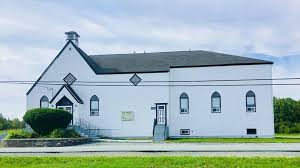
East Preston
The East Preston community and others collectively illuminate the broader narrative of African Nova Scotian history. It is a story of perseverance in the face of systemic challenges and a steadfast commitment to cultural identity and justice. The East Preston community has contributed significantly to Canadian culture, civil rights, and social progress.
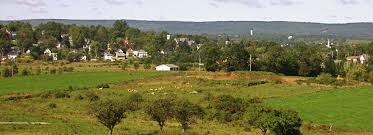
Falmouth
Falmouth: A smaller historic community with Loyalist roots. Falmouth demonstrates
the historical significance of small Black Loyalist settlements in shaping the cultural
and economic landscape of rural Nova Scotia.
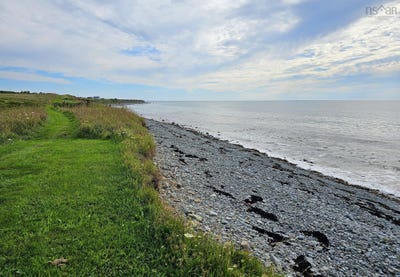
Five Mile Plains
Five Mile Plains: Located near Windsor, this area was settled by Black Loyalists and
Refugees. Five Mile Plains illustrates the transformative power of faith, education,
and family networks in sustaining African Nova Scotian communities through
centuries of social and economic exclusion.
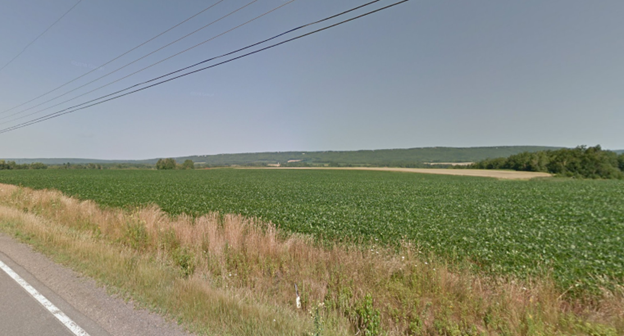
Gibson Woods
Gibson Woods: Gibson Woods highlights the enduring legacy of African Nova
Scotian agricultural communities in fostering self-reliance and cultural pride.
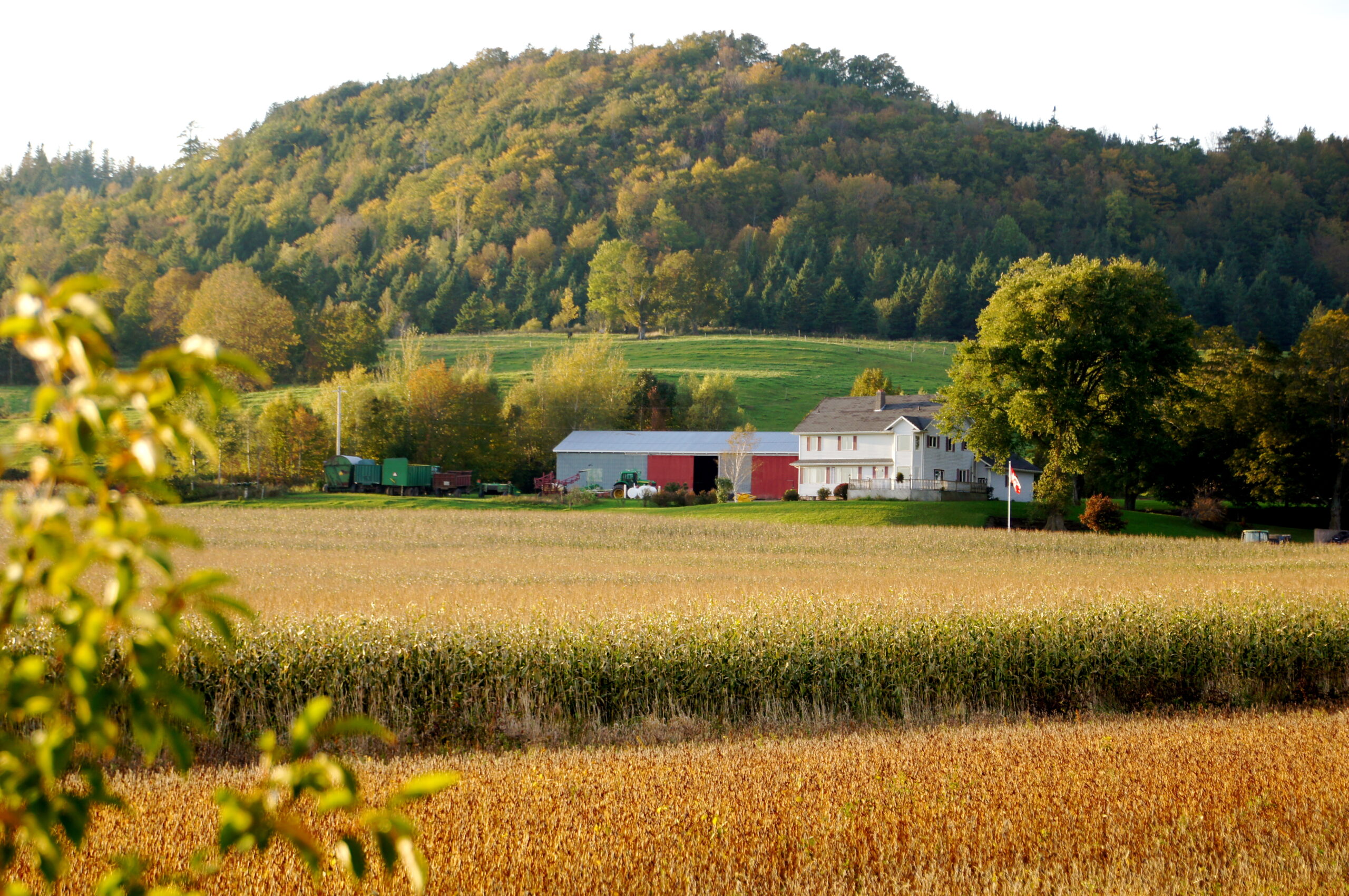
Grafton
The Grafton community and others collectively illuminate the broader narrative of African Nova Scotian history. It is a story of perseverance in the face of systemic challenges and a steadfast commitment to cultural identity and justice. The Grafton community has contributed significantly to Canadian culture, civil rights, and social progress.
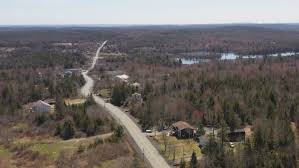
Hammonds Plains
Hammonds Plains: Established by Black Loyalists in 1784, many families remain
connected to the land. Hammonds Plains highlights the persistence of African Nova
Scotians in overcoming marginalization through community-building and the
preservation of historical ties to land despite enduring inequities.
Founders: Black Loyalists.
Location: Halifax Regional Municipality.
Year Established: 1784.
Preoccupation of Settlers: Farming and land clearing.
Known For Historically significant Black churches and schools. Community
resilience despite land deed disputes
High-Profile Individuals: Notable community builders and educators. Civic
leaders in local advocacy.
Significant Events: Land title struggles and community resilience through
systemic racism.
Landmarks: Historical churches.
Significant Events: Struggles over land ownership
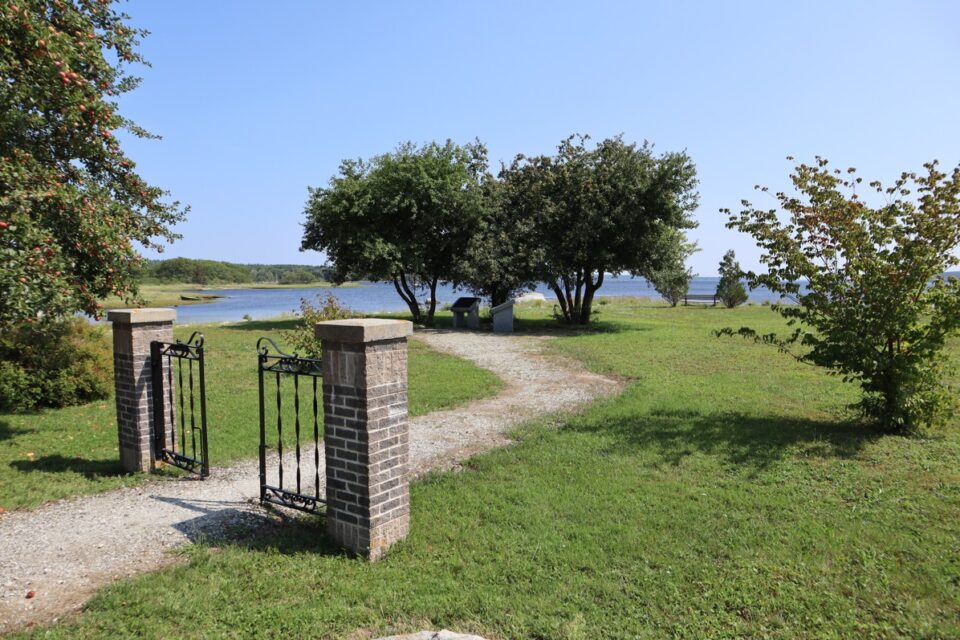
Birchtown
Once the largest settlement of free Black people outside Africa in the late 18th century, founded by Black Loyalists. The establishment of Birchtown as the largest settlement of free Black Loyalists outside Africa underscores the complexities of freedom, land inequities, and the enduring struggle for dignity
Founders: Black Loyalists, including Thomas Peters.
Location: Near Shelburne, Nova Scotia.
Year Established: 1783.
Preoccupation of Settlers: Farming, fishing, and domestic labor.
Known For: Once the largest settlement of free Black people outside Africa.
High-Profile Individuals: Thomas Peters (community leader, later emigrated to Sierra Leone).
Significant Events: Shelburne Race Riot (1784), one of North America's first recorded race riots. Establishment of the Black Loyalist Heritage Centre.
©2025. 902 Man Up. All Rights Reserved.
Thank you!
We will check your location suggestion and release it as soon as possible.

